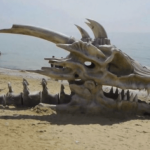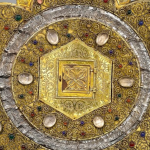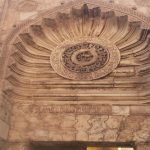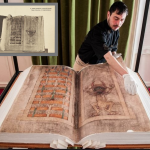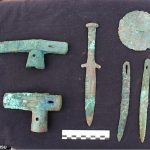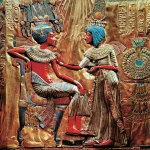The Ancient Egyptian City of Heracleion that Sank Into the Sea

Heracleion is located in the middle of the Egyptian coastline, in the Mediterranean Sea. Its strategic location made it the most important city in ancient Egypt, as it served as the primary international trade port.
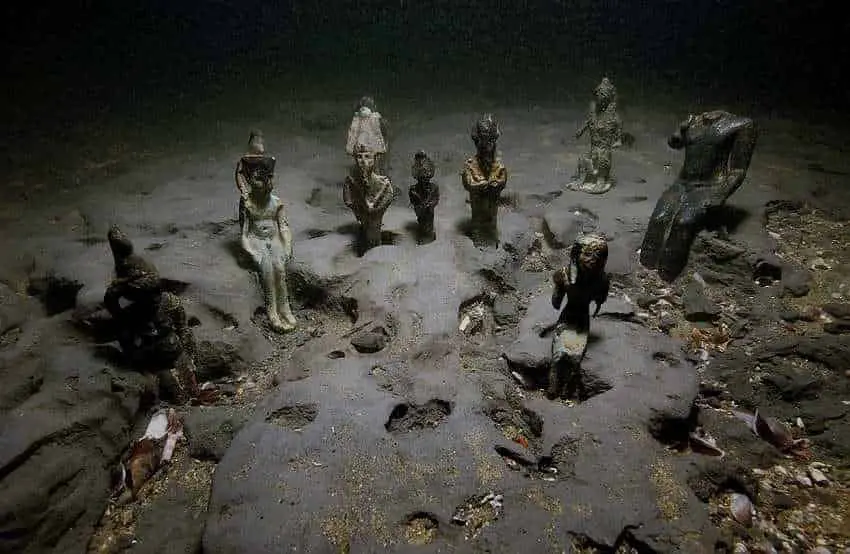
It currently lies submerged about 10 meters below sea level. Heracleion should not be confused with Heraklion, the capital of Crete.
The city is replete with impressive statues, some over 16 feet (4.8 meters) tall, depicting ancient Egyptian goddess Isis, the god Hapi, mummified animals, and various remnants from the temple that celebrated Cleopatra‘s ascension as Queen of the Nile.
These discoveries have led to the formulation of new hypotheses that can shed light on how ancient Egyptians truly lived, encompassing aspects of their religious, economic, political, and social life.
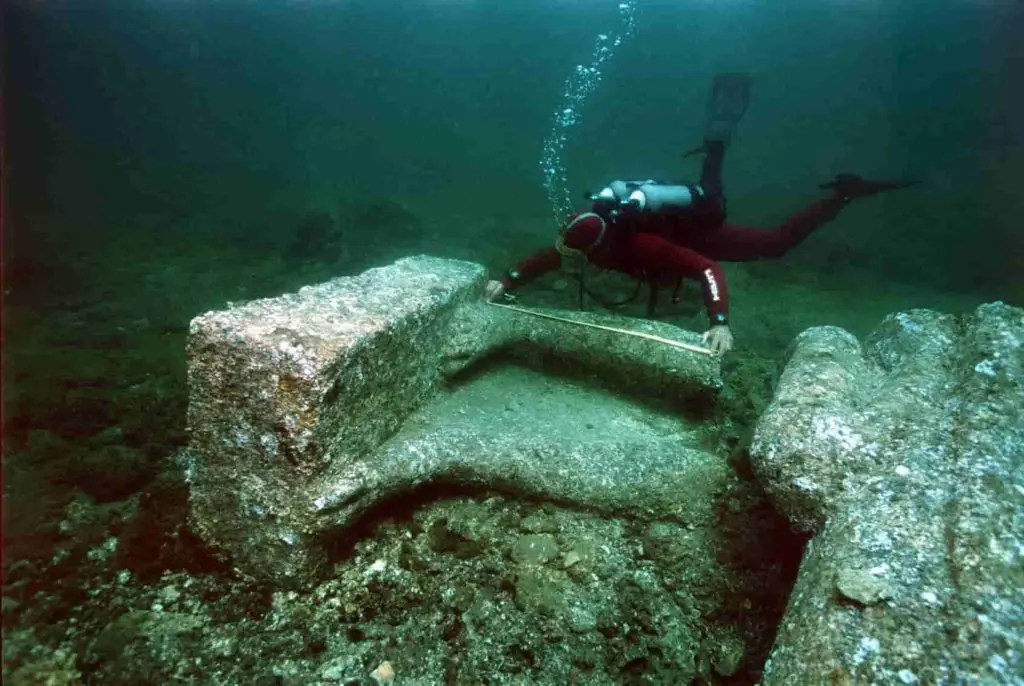
When Was Heracleion Discovered?
In the year 2000, a search mission was organized by French and Egyptian submarine archaeologists, led by the French archaeologist Franck Goddio.
The team uncovered the lost city of Thonis-Heracleion, which had completely sunken in Abu Qir Bay, situated in the Nile Delta, Egypt.
What Is Thonis-Heracleion?
Heracleion is the Greek name for the ancient Egyptian city of Thonis, which must have vanished and become entirely submerged underwater after a devastating earthquake struck the region over a millennium ago.
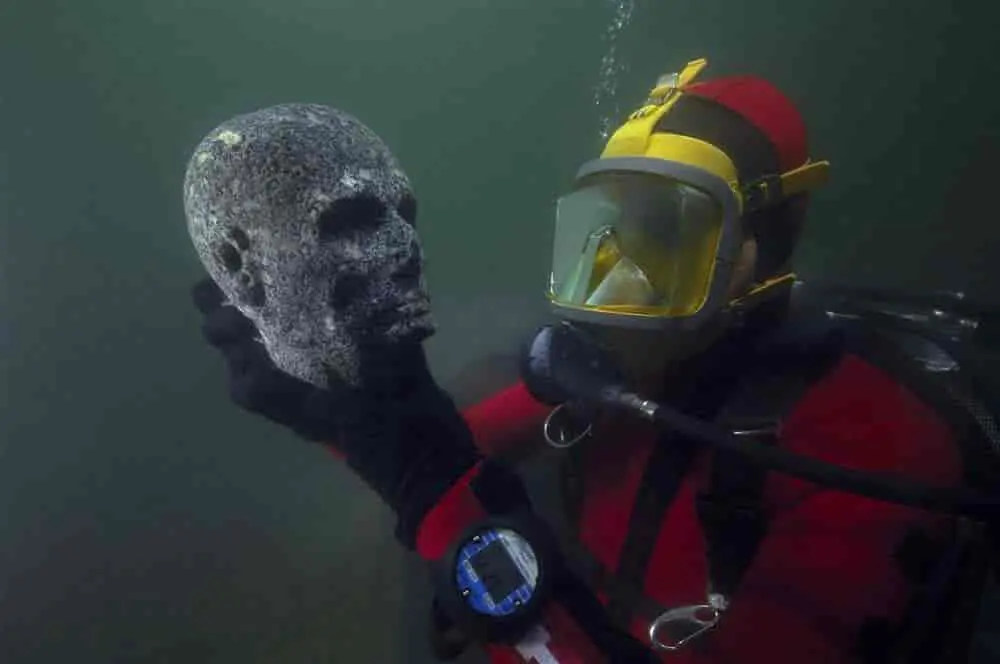
Thonis-Heracleion served as Egypt’s primary gateway during the first millennium BC, well before the establishment of Alexandria, which is now the second-largest city in the country.
All vessels engaged in commercial exchanges with Egypt arrived through Thonis, making it the central hub for international trade and the epicenter of tax collections.
The Oldest Nautical Collection in the World
The discovery of the city by Goddio’s underwater archaeology team initiated a process of archaeological research that brought together some of the most prominent divers. To date, the team has uncovered 64 ancient Egyptian ships dating from the 2nd to the 8th century BC.
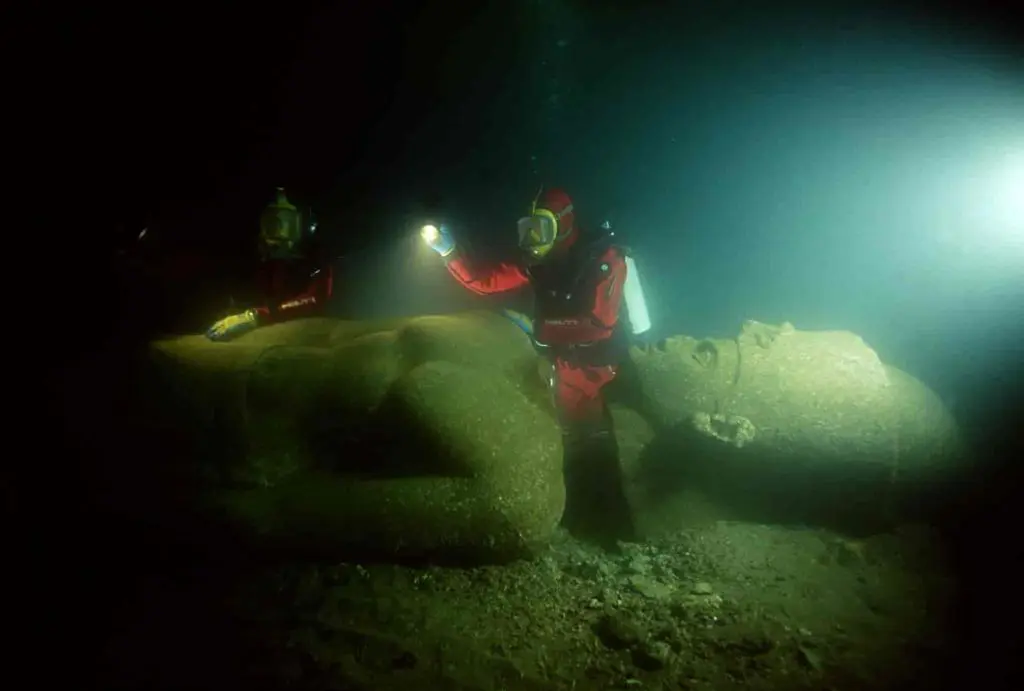
These boats lie submerged in marine mud, remarkably well-preserved under surprising conditions.
Over 700 different types of anchors have been discovered, expanding our understanding of ancient Egyptian maritime practices and constituting the oldest and best-preserved nautical collection in world history.
“One of the directors of the archaeological group at Oxford University explains, ‘The fact that they lie at the bottom of the bay, untouched by human hands, and protected by sand and mud for centuries, has led to their spectacular preservation.’”

